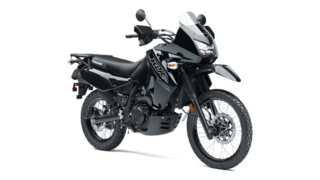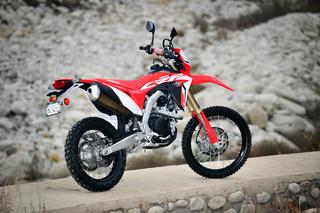Quote: Originally posted by bajatrailrider  | Quote: Originally posted by mtgoat666  | Op:
Dont listen to the critics. They are all overweight gringos that need an extra 200 cc to haul their beer guts. They also cant camp without a
generator, tv, microwave, blender and heavy duty cots (heavy duty for those beer bellies).
Gringos are heavy travelers, carry too much stuff, they think you need a ford expedition just to shop the corner grocery store.
This is what we need idiot info from 1902 are you just stupid yes hair brains. You could not ride a
dirt bike 5 feet in the sand.  Toothless loser JAAAAA Toothless loser JAAAAA
You can travel with under 35 lbs of gear, ask any backpacker or bicylcle tourer, or ask any non-gringo.
|
HAAAA the village Idiot MT666 gives advice Does not even know how ride a dirt bike. A Troll comes to life to life |
The toothless knuckle-dragging grammarian speaks!
Hey toothless,
The first person to ride across continental USA in a motorcycle had more smaller bike, less luggage and bigger dick than you!
“Wyman used his 1902 California machine for his crossing of the United States. The California had a 200 cc (12 cu in), 1.5 hp (1.1 kW) four-stroke
engine attached to an ordinary diamond-frame bicycle.[2][5][6] Wyman's machine was equipped with 28 x 1.5 in. tires, wooden rims, a leading-link front
suspension fork, a Garford spring saddle, a Duck Brake Company front roller brake, and a 1902-patent Atherton rear coaster brake.[2][5][7] A leather
belt-drive with a spring-loaded idler pulley directly connected the engine output shaft to the rear wheel.[5] Using a standard steel bicycle frame,
the California weighed approximately 70–80 pounds (32–36 kg) without rider, and was capable of approximately 25 mph (40 km/h) using the 30-octane
gasoline of the day, with a range of 75 to 100 miles (121 to 161 km).[5][8] Throttle control was not yet perfected, and engine revolutions were mainly
controlled by means of a spark timing mechanism.[5] The wick-type carburetor was crude, consisting of a metal box with internal baffles stuffed with
cotton batting.[9] With no float chamber, the rider had to open the gasoline tap periodically to admit fuel into the carburetor.
For such a long trip, Wyman carried a remarkably small amount of gear. A set of warm clothing, money, water bottle, cans for spare oil and gasoline, a
Kodak Vest Pocket camera, a cyclometer, various bicycle tools and spare parts, and a long-barreled .38 Smith & Wesson revolver constituted his
total luggage.” |












 salud!
salud!






 to life
to life
















 screen shot pc
screen shot pc

 nothing cant ride a bike but gives advice.
nothing cant ride a bike but gives advice. 

